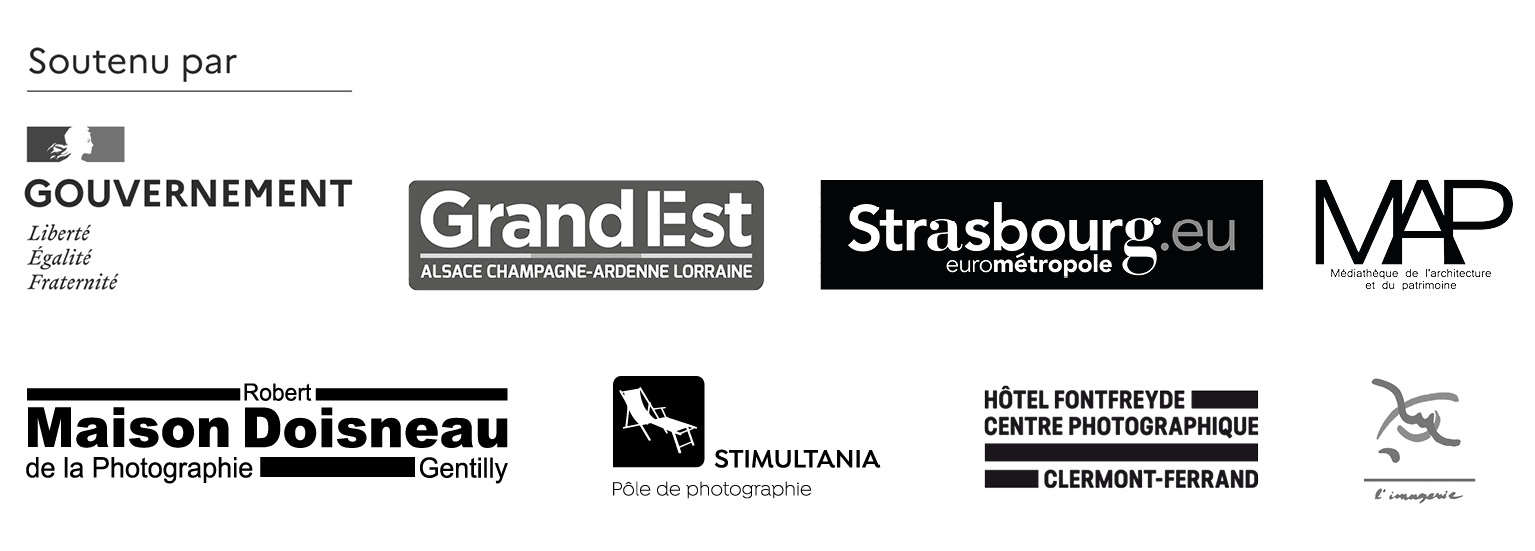FREE ENTRY
WEDNESDAY - SUNDAY
14 p.m. - 18:30 p.m.
NEWS
The Drouot Gazette
Image hunter
The Eye of Photography
DNA - Latest News from Alsace
every day curious
Exhibition produced by the Maison de la Photographie Robert Doisneau, Gentilly and the Media Library of Architecture and Heritage.
In collaboration with Stimultania, Strasbourg, Imagerie, Lannion, Hôtel Fontfreyde, Clermont-Ferrand and the Photography Museum, Charleroi.
Support by the DRAC Grand Est, the Grand Est region and the City of Strasbourg.
See André Kertész, the photographer most appreciated by photographers, at work through sequences of shots revealed by his negatives, accompany the wandering of his lens in Paris in the 1930s, share his joy at being able to walk in the image while letting the bodies and the faces enter within the framework of its viewfinder […].
The exhibition tells us, in words and images, this singular moment when a man adopts an innovative camera, the Leica, and allows photography to discover a vocation then unexplored: to collect on the sidewalk the attention that connects us to each other.
Curator: Cédric de Veigy
Stand up / The night is advancing / The day begins to break / A window opens / A man leans outside humming / He's in his shirt sleeves and looking around the world / The wind is whispering softly like a buzzing head ( Blaise Cendrars, Complete Poems, volume 1, Denoël editions, 2005)
One of the greatest photographers walks the sidewalks, the city is cool as a jet of water, the city is empty, the picture rails roll up unroll / we walk / I like Paris / we may not meet anyone - unless in the corner of the wall, over there, a walker walking away. The partitions are empty yet the music overflows and fills the space. Foam. Carelessness. We bend the knees, we bend, we unfold / point / the movement is almost imperceptible. Swung right, left. An attentive fly - immobilized by some canvas left there - might believe that visitors are practicing containment gymnastics, hop, flexion, 3rd position, entrechat, we turn, we twirl, we cling to the fragile bar that guides us as birds, we hang on then we jump on the steps of the stairs, on the shade of a rose window, people sleep on the benches, a black cat. The notes are pure, crystal, trumpet, we are closer and closer, we dance now, we brush, we breathe, there are no more safety distances, it's over, it never existed, we are in 1934, or a hundred years later, we are there - entrechat - we are there and we touch. (Céline Duval, editorial, July 2020).
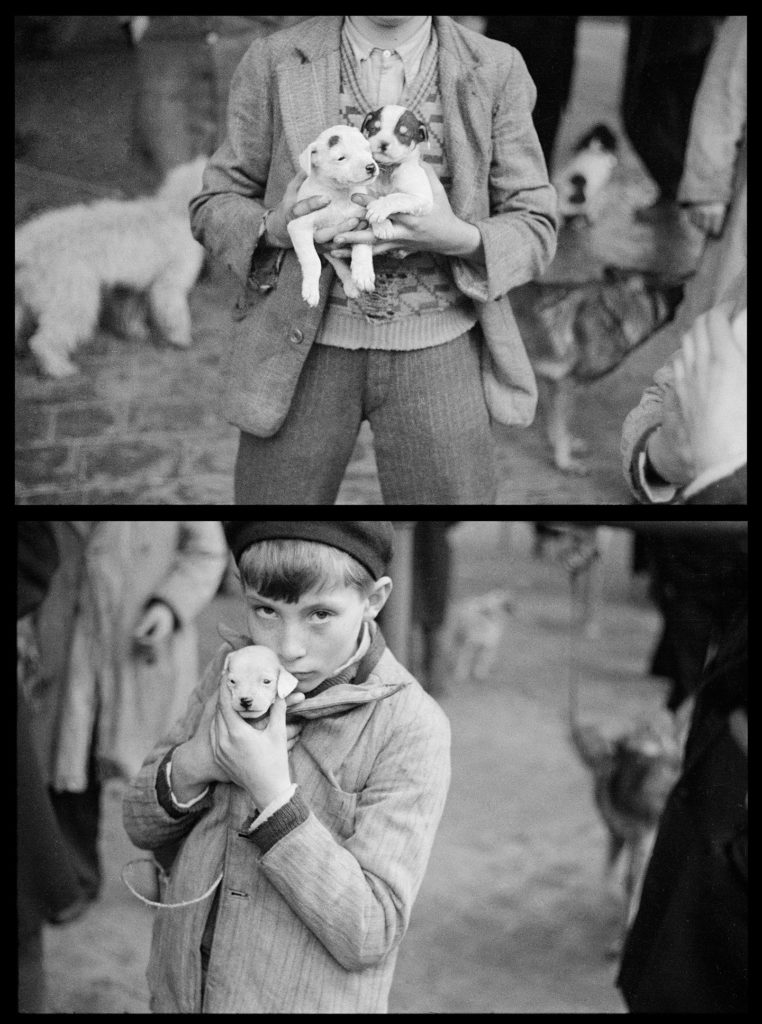
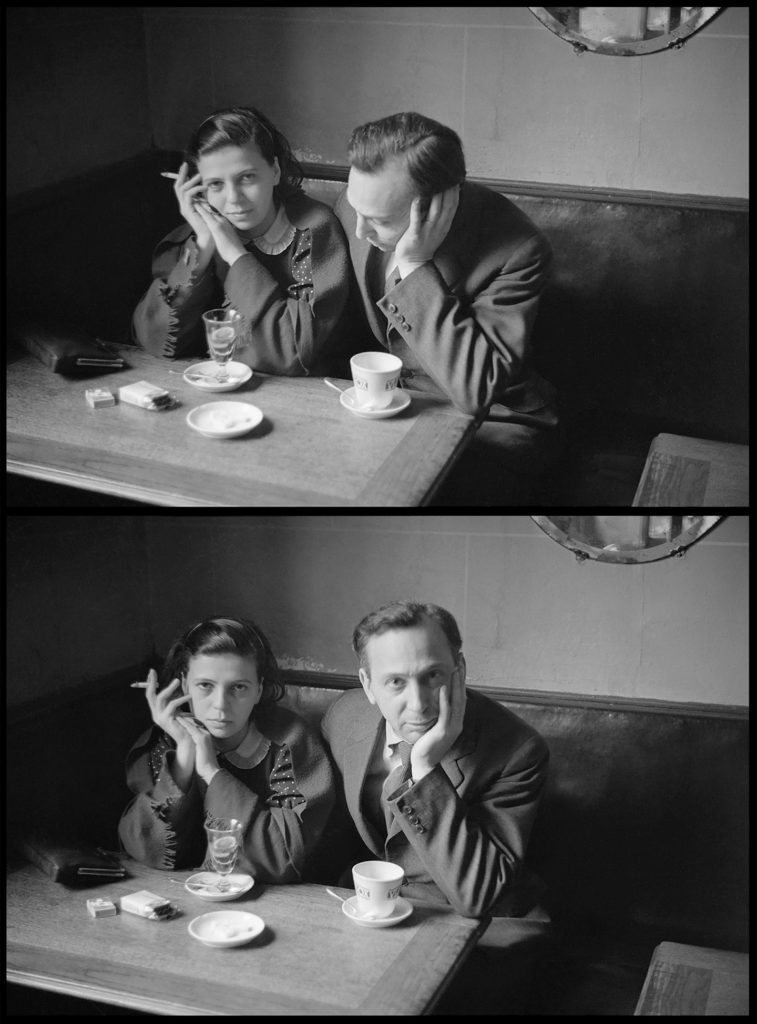
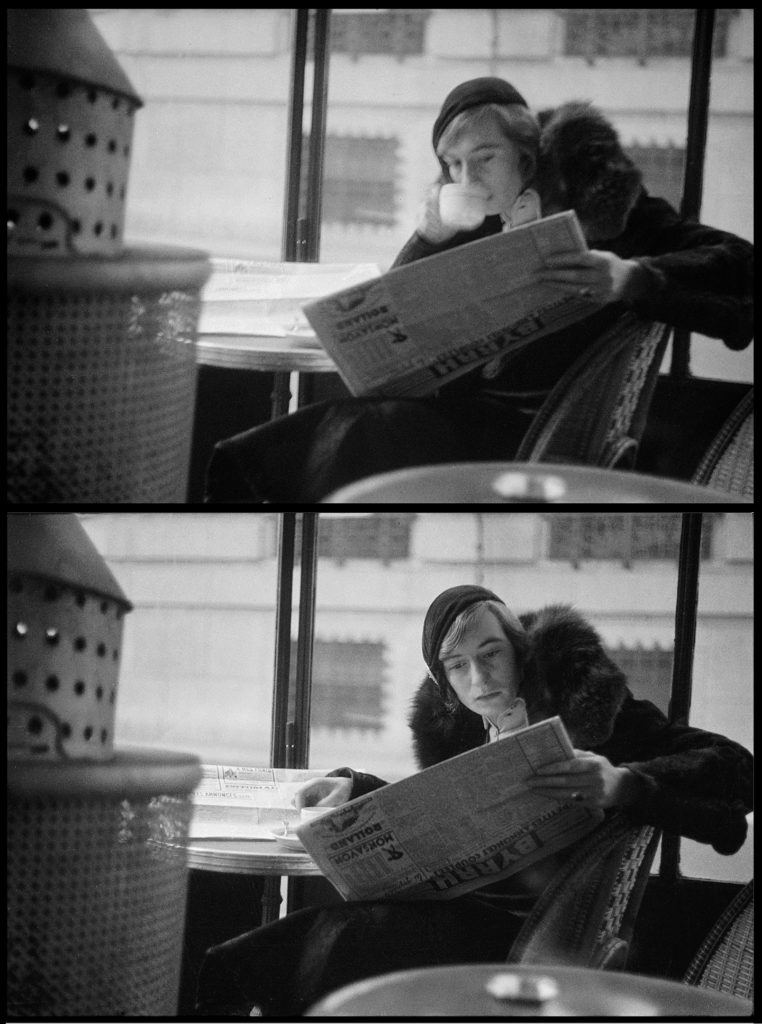
“A great lesson in photography, where the viewer is placed behind the master's eye. "
Telerama out, December 18, 2019
“If you have admired André Kertész's work for a long time and intensely, you might have thought that you had seen all there was to see. It is then that such a work arises, and you understand that you were not quite there. "
Ken Tanaka, The online photographer, January 9, 2020
“A journey worthy of an investigation which confirms how much this curious walker was ahead of his time. "
Élodie Cabréra, Télérama going out, December 9, 2019
"From the negatives which, like archaeological layers, guarantee an authenticity of approach to the precise moment of the triggering, the installation proposes to relive the intense awakening of a photographer ..."
Hervé le Goff, Image hunter, January-February 2020
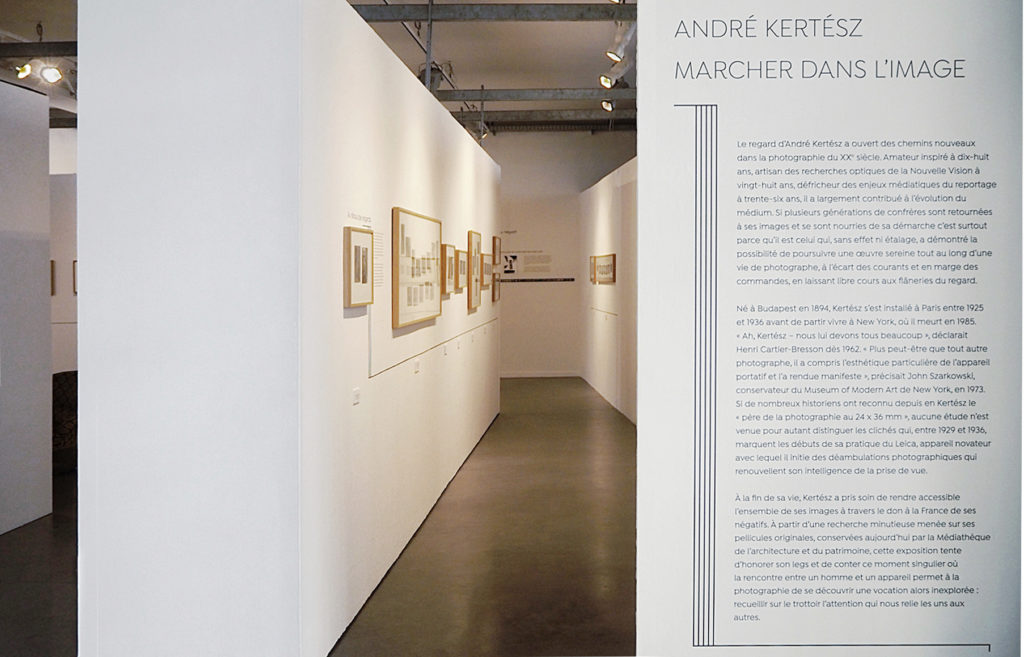
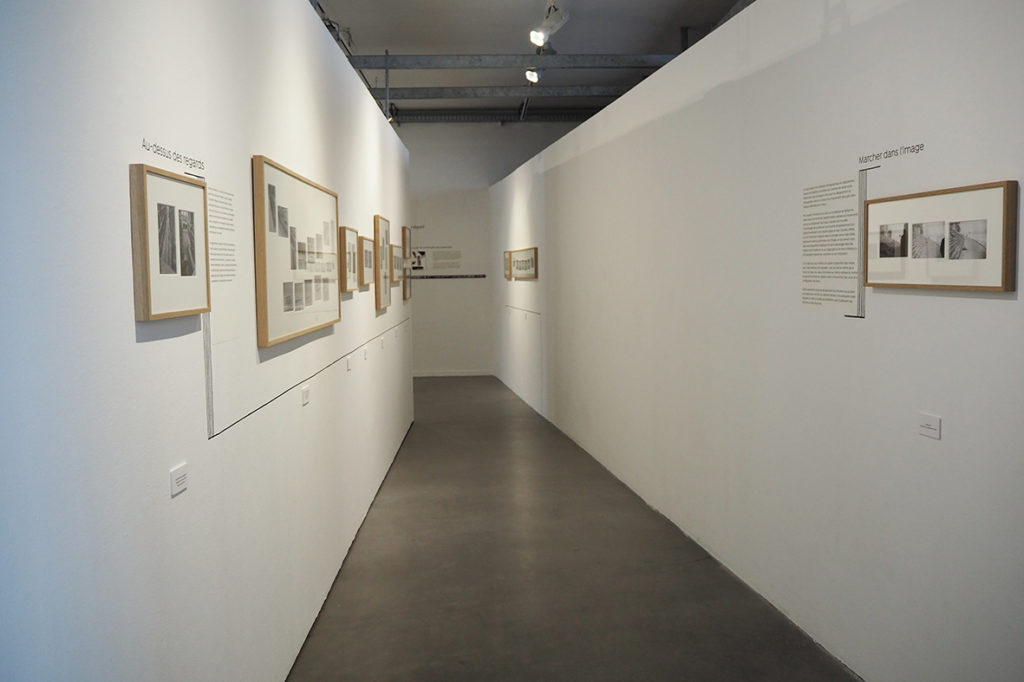
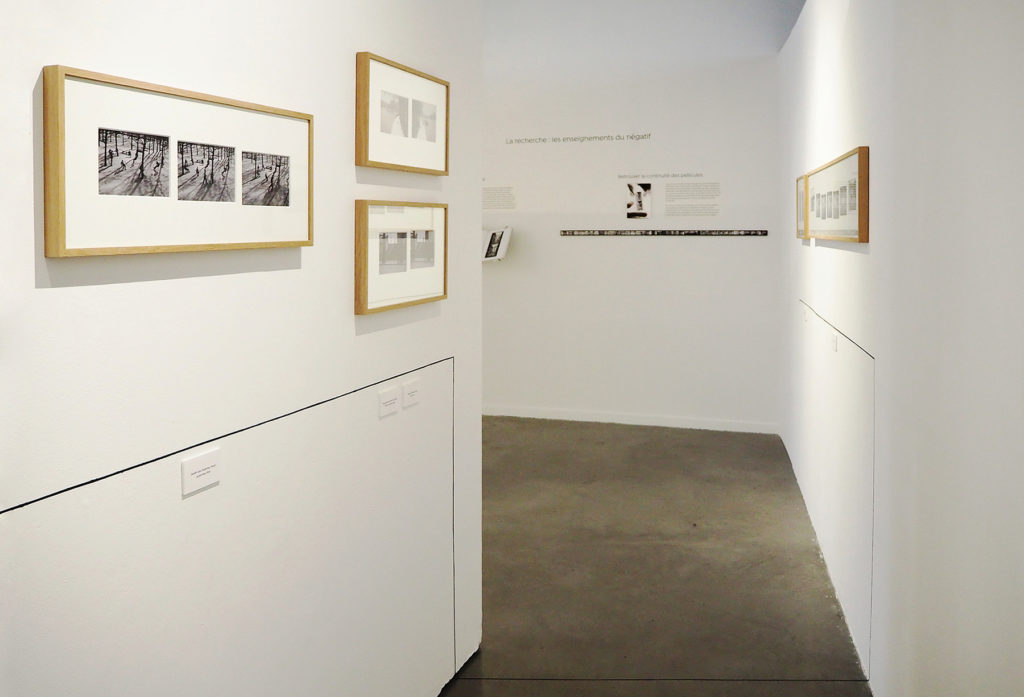
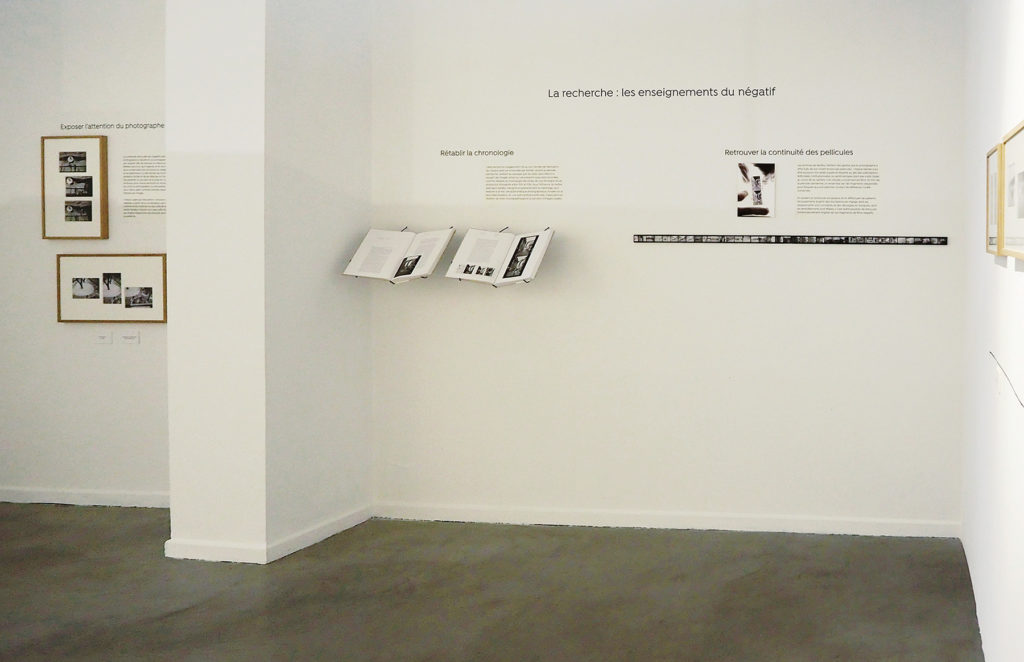
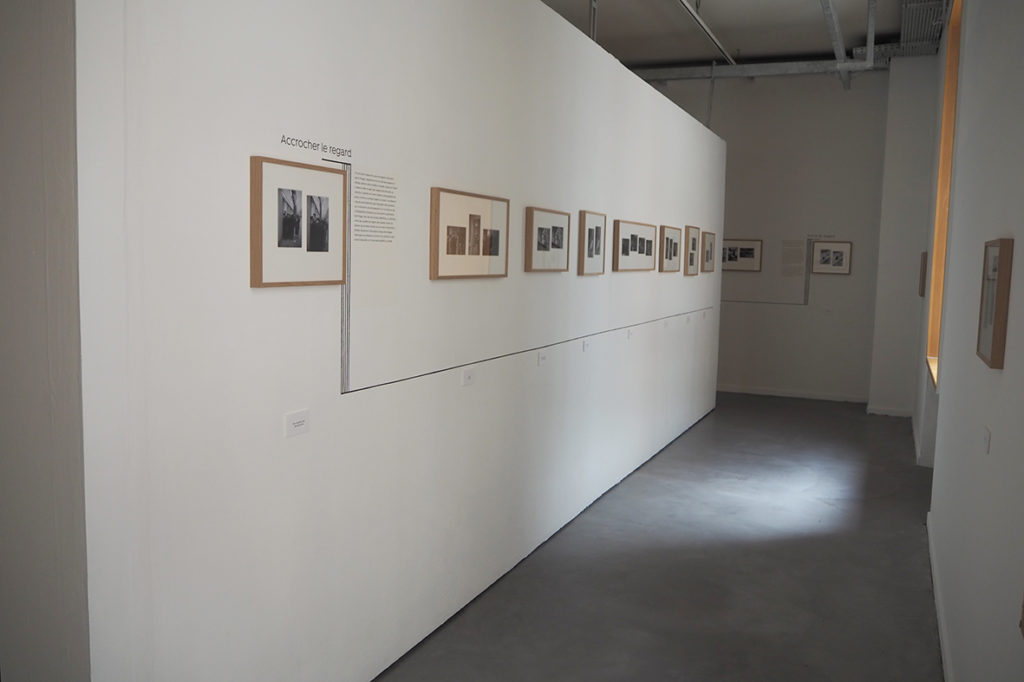
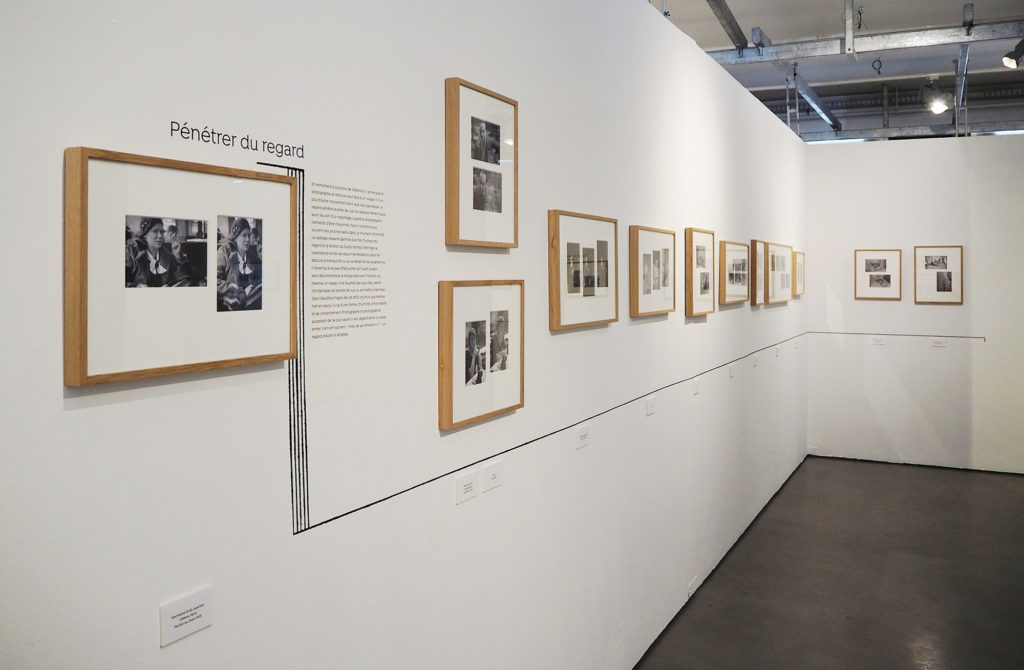
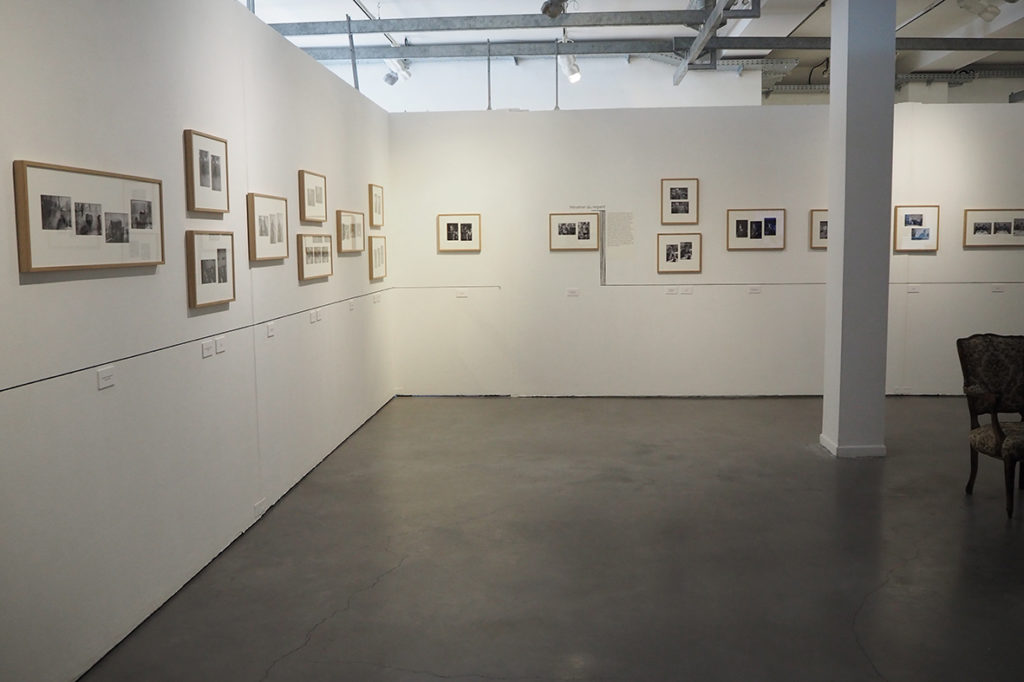
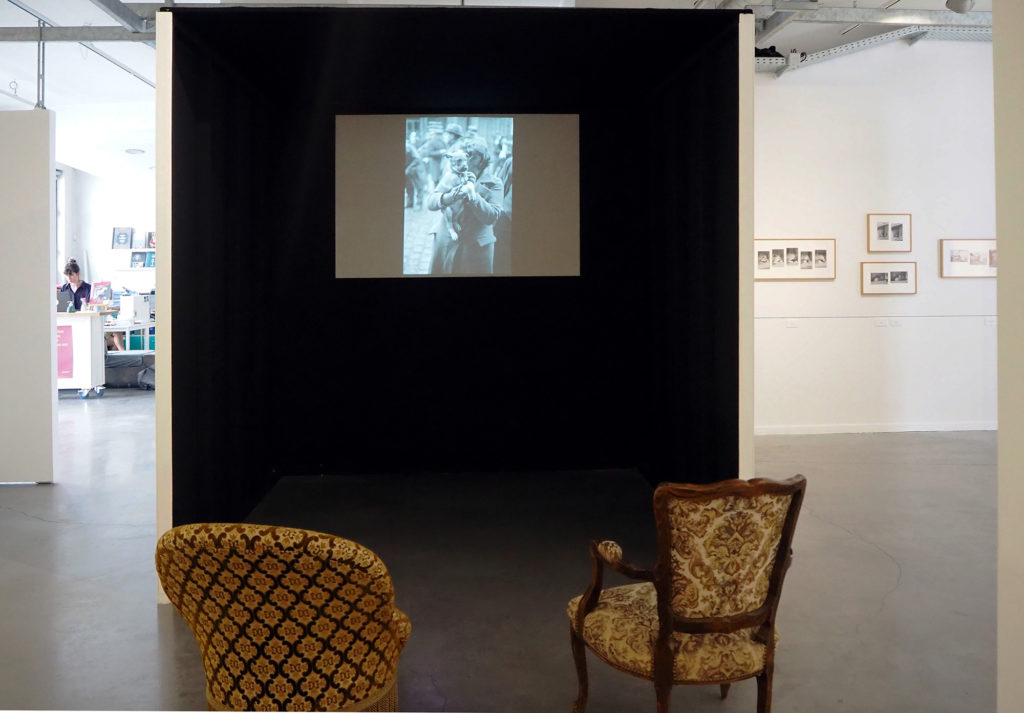
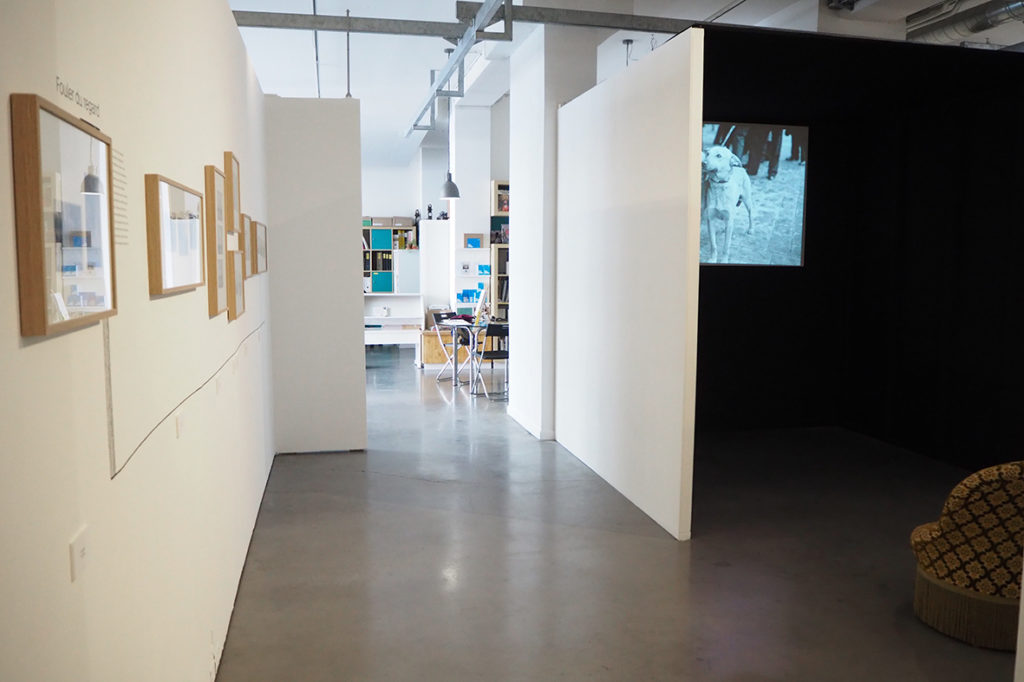
ANDRÉ KERTÉSZ, WALKING IN THE IMAGE, by Cédric de Veigy (André Frère éditions) is the 2020 winner of the HiP Prize category “Book of the year”:
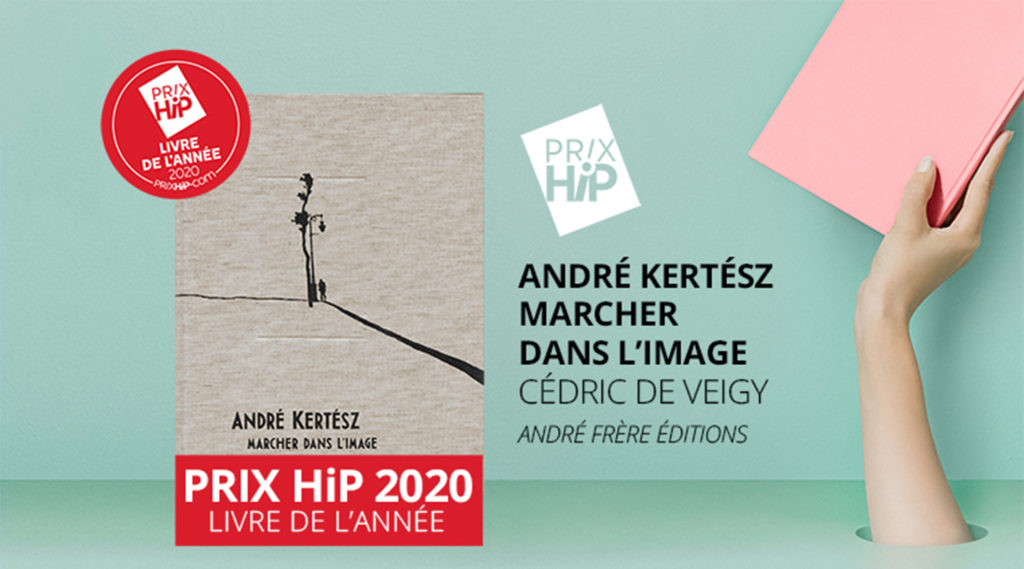
FOR FURTHER
André Kertész (1894-1985) is one of the eyes that opened new paths in twentieth century photography. Inspired amateur at 18, craftsman of optical research for the New Vision at 28, pioneer of media issues in reporting at 36, he has largely contributed to the aesthetic and professional evolutions of the medium. If several generations of photographers have been marked by his approach and his images it is because he is the one who, without effect or display, has demonstrated the possibility of pursuing a serene work throughout a photographer's life, away from currents and on the margins of orders, giving free rein to strolling around.
photography credits: André Kertész, Canal Saint Martin, Paris, around 1934. Selection of 2 shots from original 35 mm digitized negative tapes. © Ministry of Culture - Multimedia library for architecture and heritage, Dist. RMN-Grand Palais / André Kertész
